Ultimate Guide to Ethernet Cables: Types, Uses, and Installation Tips
Table of content
Introduction:
In an era of rapid changes and advancement of technology, Ethernet cable played a vital role in evolving and enabling connectivity. There must be a lot of wireless devices which may be trending, but Ethernet cable is still one of the demanding ones. It’s not only limited to one place but from homes to office. It’s demanding because of its fast internet connectivity and easy transactions. Ethernet cable is still one of the crucial components providing robust and reliable internet connectivity worldwide. They are the backbone of modern networking nowadays. Not only this, but Ethernet cables changed the way we used to communicate, as well as transferring the crucial data, its fast-working feature still kept this cable in demand.
What are Ethernet Cables:

Ethernet cables are one of the essential components for networking nowadays. It is a type of network cable which connects the devices from a WAN and LAN through which we can send any data like voice signals and video signals, which can be shared in greater or lesser distances. To be precise, Ethernet cables have Ports, cable, protocols and computer chips inserted in laptops or desktops for fast data transfer through the fiber optic cable. The ethernet cables can also be connected to several other devices, such as routers, modems, PCs, and switches, not only on laptops and desktops. However, most Ethernet components work with Ethernet connection devices which have low speed so that it can run the device with faster connectivity.
Types of Ethernet Cables:

When we talk about the Ethernet cable, there are several types of Ethernet cables so below are the mentioned types of the Ethernet cable:
1. Coaxial Cable:
A coaxial cable carries the high electrical signals with minimalistic loss. This cable uses 10Base2 and 10Base5 for the Ethernet variant. The copper conductor in the middle is surrounded by a dielectric insulator which is made from the chemical called PVC and Teflon. However, this dielectric insulator is covered by a braided conducted metallic shield. Which cut down the Electromagnetic Interference (EMI) from the inside and outside of the interference. Moreover, the metallic shield is covered with the plastic wrapping which is also called the sheath or the case. The sheath is usually made with PVC or the fire-resistant plastic. The fastest transmission of it is 10Mbps; it can be used in cables, telephones as well as the TVs.
There are few other types in the coaxial cable listed as below:
RG-6 coaxial cable:
This cable is usually used for the improvement or increased quality of the signals. It has the thicker dielectric insulator which is used in TVs and broadband internet.
Hardline coaxial cable:
This cable is used in such devices where the strong signal is required in any sort of device that’s why they are used in telephone and internet router or modem connections.
Triaxial coaxial cable:
They are demanding in interference and Bandwidth. They have an extra copper braid shield which is used in cable TVs and cameras.
2. Fiber Optic Cable:
Fiber Optic cables have fiber in them which are made of thin glass which is covered by the protective material made from Teflon and PVC. This cable transfers its data in the form of light signals; this is the reason that there is no interference issue in the fiber optic. Furthermore, it uses 10 BaseFX, 100BaseFX, 100BaseBX, 100BaseSX, 1000BaseFx, 1000BaseSX, 1000BaseBX of these Ethernet variants.
Types of Fiber Optic:
Single Mode Fiber (SMF): It uses a single beam of light to transmit the data. It is used for long-distance communication.
Multi- Mode Fiber (MMF): It uses multiple beams of lights than the single one and it’s affordable as compared to others.
3. Twisted Pair Cable:
A twisted pair cable is made from copper wire made from a pair of insulated copper wires which is wrapped around each other to prevent crosstalk and interference. It consists of 10BASE-T and 100BASE-T wires also some other Ethernet variants.
As about be discussed, there are a few types of twisted pair cable:
Shielded Twisted Pair (STP) Cable: The shielded Pair is made from a foil shield which protects the cable as well as eliminates the interference in and out of the cable for safe and shielded use of the cable. In addition, they are used for long-distance and higher transmission.
Unshielded Twisted Pair (UTP) Cable: moving forward on another type the unshielded Twisted Pair is one of the most used cables around. In this kind, the insulated and twisted copper wire is wrapped around each other which gives the controlled interference.
Below are the categories of Unshielded Twisted Pair (UTP) :
| Category | Speed | Bandwidth | Distance | Usage |
| Category 1 | 1 Mbps | 0.4 MHz | Telephone wire also modem | |
| Category 2 | 4 Mbps | 4 MHz | Telephone Line | |
| Category 3 | 10 Mbps | 16 MHz | 100 m (328 ft) | 10BaseT Ethernet |
| Category 4 | 16 Mbps | 20 MHz | 100 m (328 ft) | Token Ring |
| Category 5 | 100 Mbps | 100MHz | 100 m (328 ft) | 100BaseT Ethernet |
| Category 5e | 1 Gbps | 250 MHz | 100 m (328 ft) | 100BaseT Ethernet also in households |
| Category 6 | 1Gbps | 250 MHz | 100 m (328 ft) 10 Gb at 37m (121 ft) | Gigabit Ethernet, Commercial Buildings |
| Category 6a | 10 Gbps | 500 MHz | 100 m (328 ft) | Gigabit Ethernet in data center, commercial buildings |
| Category 7 | 10 Gbps | 600 MHz | 100 m (328 ft) | Gigabit Ethernet |
| Category 7a | 10 Gbps | 1000 MHz | 100 m (328 ft) 40 Gb at 50 m (164 ft) | Gigabit Ethernet |
| Category 8 | 25 Gbps 40Gbps | 2000 MHz | 30 m (98 ft) | Data Centers |
4. Fast Ethernet Cable:
This Fast Ethernet Network consists of fiber cable or twisted cable. It is the network which consists of the 100 Megabytes data transfer in Local Area Network (LAN). Also, it’s properly named as the 100BASE-X. Most of the devices like network cameras and laptops have 100BASE-TX/10-BASE T Ethernet connections. Cat 5 is the type of twisted pair cable which gives the fast Ethernet connection.
5. Gigabit Ethernet:
A Gigabit Ethernet which consists of fiber optic cable and twisted cables transfers the data through one Gigabit per second. It is getting quite demanding in workplaces now because of its fast data transfer. It’s going to replace the other Ethernet in the future. Cat 5e of the twisted wired cables are suggested for the Gigabit Ethernet connections.
Working of Ethernet Cable:

Ethernet is the technology used to connect Local Area Network (LAN) and Wide Area Network (WAN). The Protocol describes how other devices format and transmit data so other devices do recognize, receive and process the information. An Ethernet cable is the covered wiring through which the data travel in the fastest way. Ethernet also uses the access mechanism which is also known as Carrier Sense Multiple Access (CSMA) and Collision Detection (CD) so that each of the computers can go through the connection before the deliverance of the data on the Network.
Not only this but Ethernet connections can be used in the households or residential buildings in devices like WIFI routers or modems. As well as in the telephone port it is one of the most common working of the Ethernet cable around the world. Most normally, we witness the use of Ethernet cables in the telephone lines.
Use Cases of Ethernet Cable:
Below are some use cases of Ethernet Cable:
Increases the Internet experiences of users: Basically, when wireless WIFI connections don’t work out, many users go towards the Ethernet connection for home connections with good speed without getting it disrupted. Besides, It can be used to link various devices like Wide Area Network (WAN) and Area Network (LAN).
Higher Bandwidth Connection: Ethernet gives plenty of data transfer rates of 10, 100, 1000, 10000, 40000, and 100000 megabits per second (Mbps). When Ethernet cables got introduced, the bands were usually calculated in megabits but now they are calculated in Gigabits.
Provides Alternatives of Speed: The top Ethernet speed is 10Mbps while the fast Ethernet speed is 100 Mbps the Gigabit’s Ethernet gives 1 Gbps and 10 Gigabit Ethernet is 10Gbps.
Provides Security: The Ethernet cable provides greater security as compared to the Wi-Fi hotspot. The shared Wi-Fi hotspot can transfer the user’s data on the radio because the information travels through radio signals in it. In addition if we talk about the Ethernet, its data is transferred on the Local Area Network (LAN).
Affordable and Better Performance: Ethernet is affordable and widely used because of its performance and affordability. This is the reason that Ethernet can be seen in the houses apart from the office residences and the enterprises. In start the Ethernet used to give the speed of about 10 Mbps which now exceeds to 400Mbps. Ethernets are now commonly used by Gamers; they are also used in hospitals, schools as well as in universities because of its high security feature and fast speed.
Key Components of Ethernet Cables:

Below are some key components listed for the Ethernet connection:
Ethernet cable: An Ethernet cable which is also popularly known as the Network cable can be inserted in computers, routers or modems or Network switches. Normally the Ethernet connection consists of the RJ45 connection, internal cabling or Plastic jacket.
Ethernet Protocol: The Ethernet Protocol was developed by Xerox in 1970. The series of standards in Ethernet Protocol governs how the data is shared between the components of Ethernet.
Ethernet Network Adapter: Moving forward to the Ethernet Adapter is a form of chip and card that inserts into the motherboard’s slot and allows the computer to connect to the Local Area Network (LAN). When Ethernet was first introduced, they were used in desktop computers but now they are used in laptops as well as the motherboard of the desktop.
Pros and Cons of Ethernet Cables:

Below is the table displaying the Pros and Cons of the Ethernet cable.
| Advantages of Ethernet Cable | Disadvantages of Ethernet Cable |
| Affordable cost | They are more suitable for short distance then for the long distance |
| Have a good speed | Speed is affected by the increased traffic |
| Good quality of data and also quite secure when it comes to the data transmission | Trouble finding faults in Ethernet connection is difficult |
| Quite reliable | Limited mobility |
Conclusion:
In conclusion, Ethernet cable is one of the most crucial components of the fast, reliable and secure solution for the modern Network system. An Ethernet cable transfers data from one device to another and is available in a variety, including Cat1, Cat2, Cat3, Cat4, Cat5, Cat5e and Cat6. Their data transfer speed is up to 10Gbps, and they can be connected to various networks, such as the Wide Area Network (WAN) and the Local Area Network (LAN). In this blog, we have provided you with an in-depth guide on the Ethernet cable and its types. However, if you have further queries, you can reach out to Burouterswitch.com without any hesitation.
Frequently Asked Questions:
What is an Ethernet cable used for?
An Ethernet cable or Network cable is a cord used to connect devices together on a Network to transfer the broad band data. They are used to connect laptop, desktop, PC or Router.
What is Ethernet cable called?
In other words, Ethernet cable also known as the RJ45 cables. There are currently seven types of Ethernets and RJ45 cables.
Why is Ethernet the best?
An Ethernet connection is much more secure than a Wi-Fi connection. Data on an Ethernet can only be accessed by physically attaching a device to the network.
What wire is used for Ethernet?
Regular Ethernet cables, both stranded and the solid varieties, are made with solid copper conductors.




 Catalog
Catalog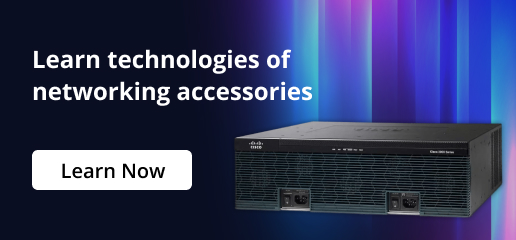

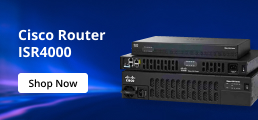
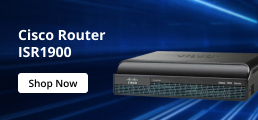
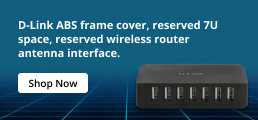
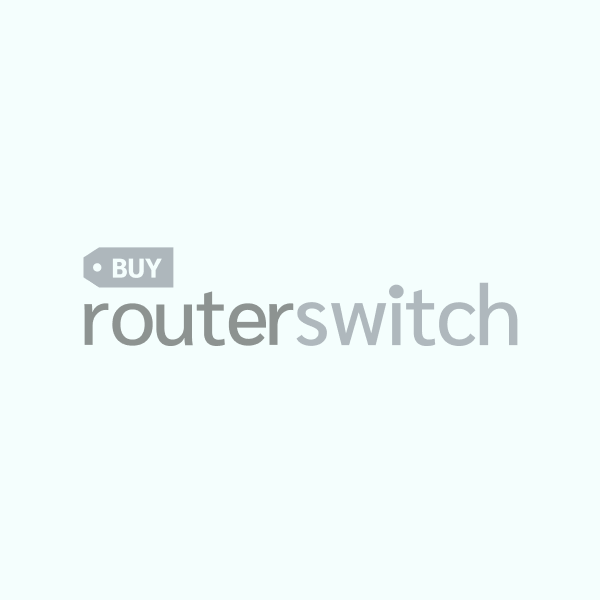
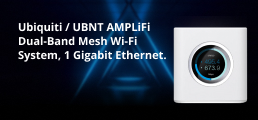
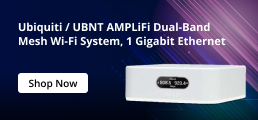
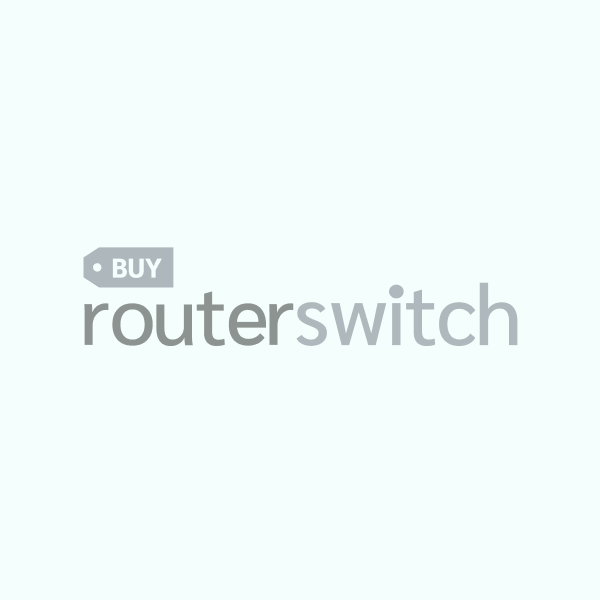
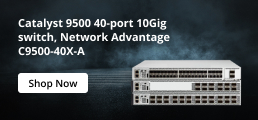
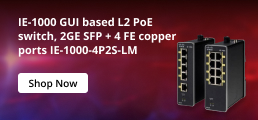
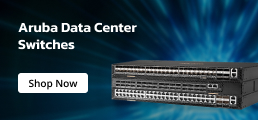
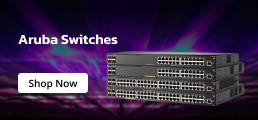

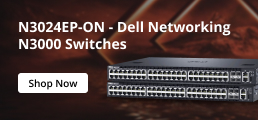
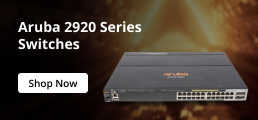

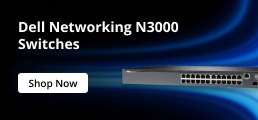
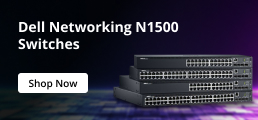
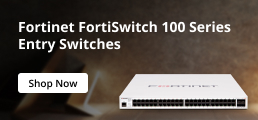
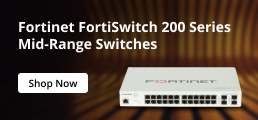
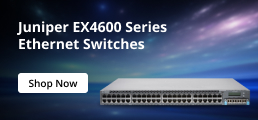
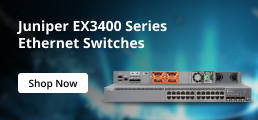
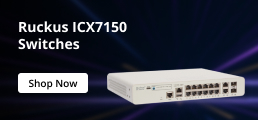
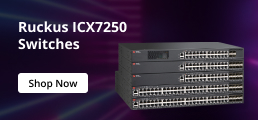
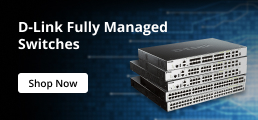
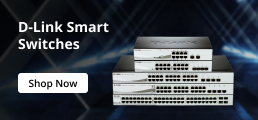
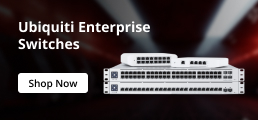

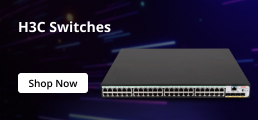
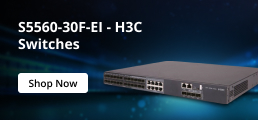

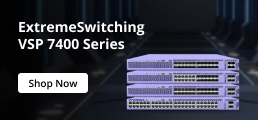
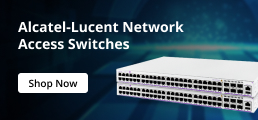
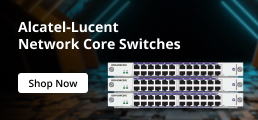
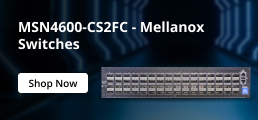



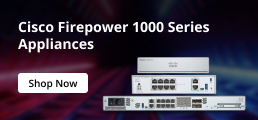



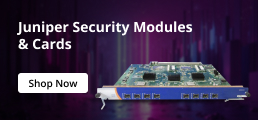
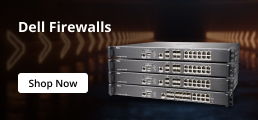

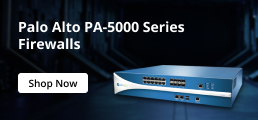

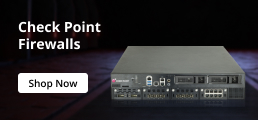
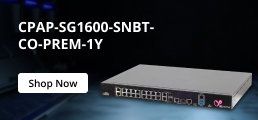

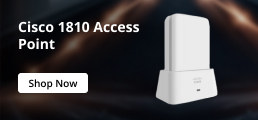








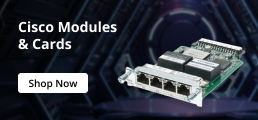
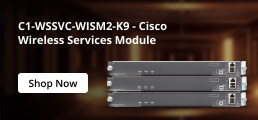


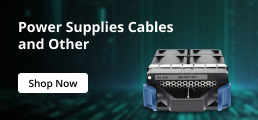

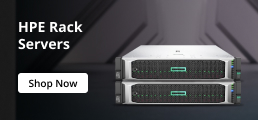
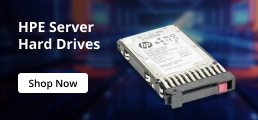


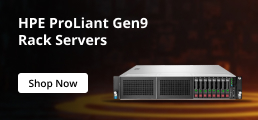
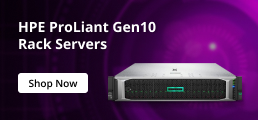
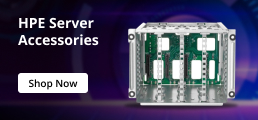
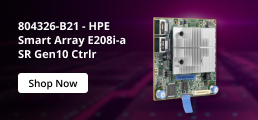
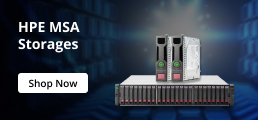
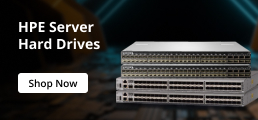

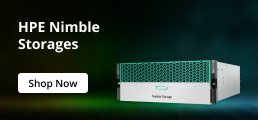
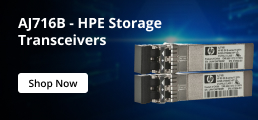


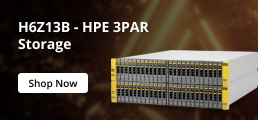

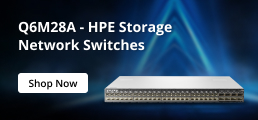
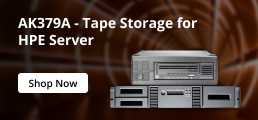
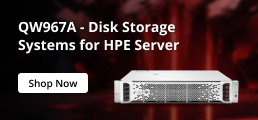



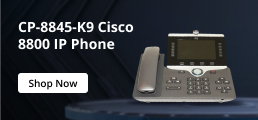

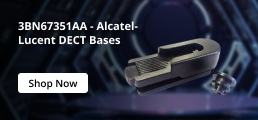


















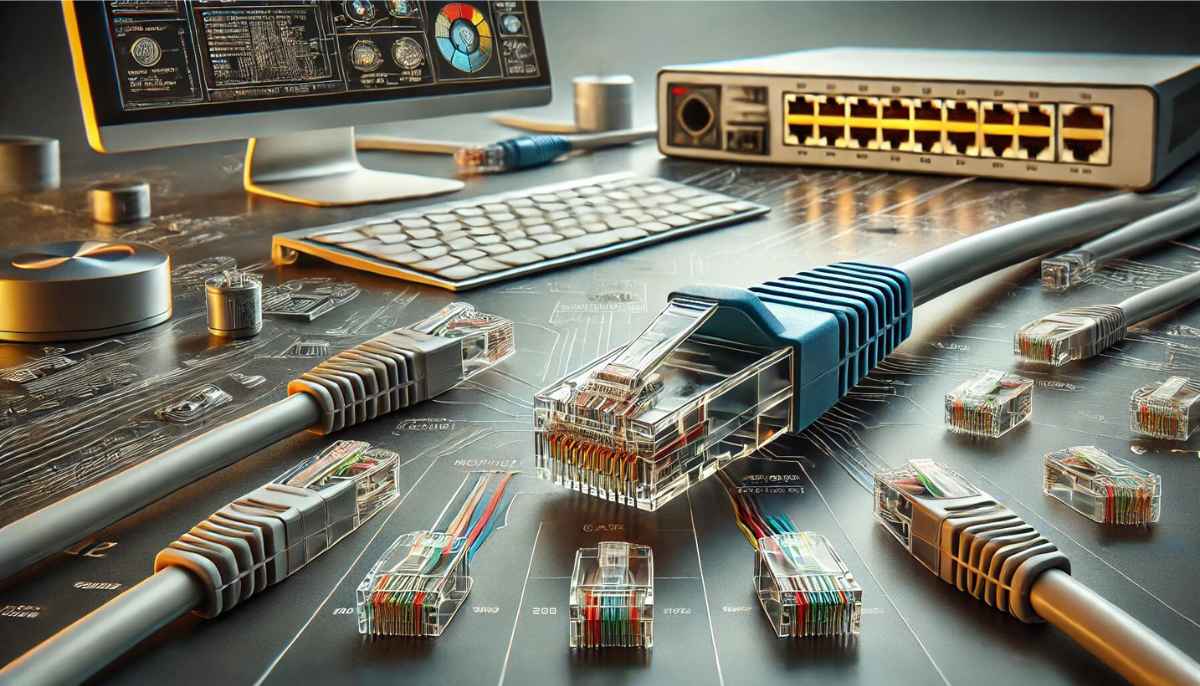
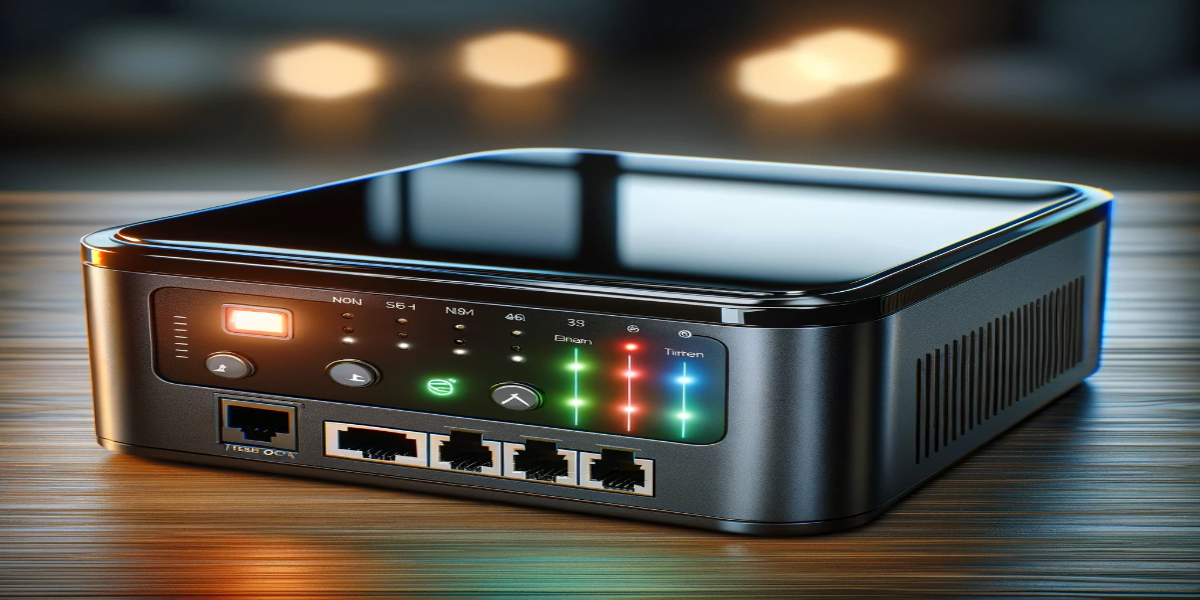
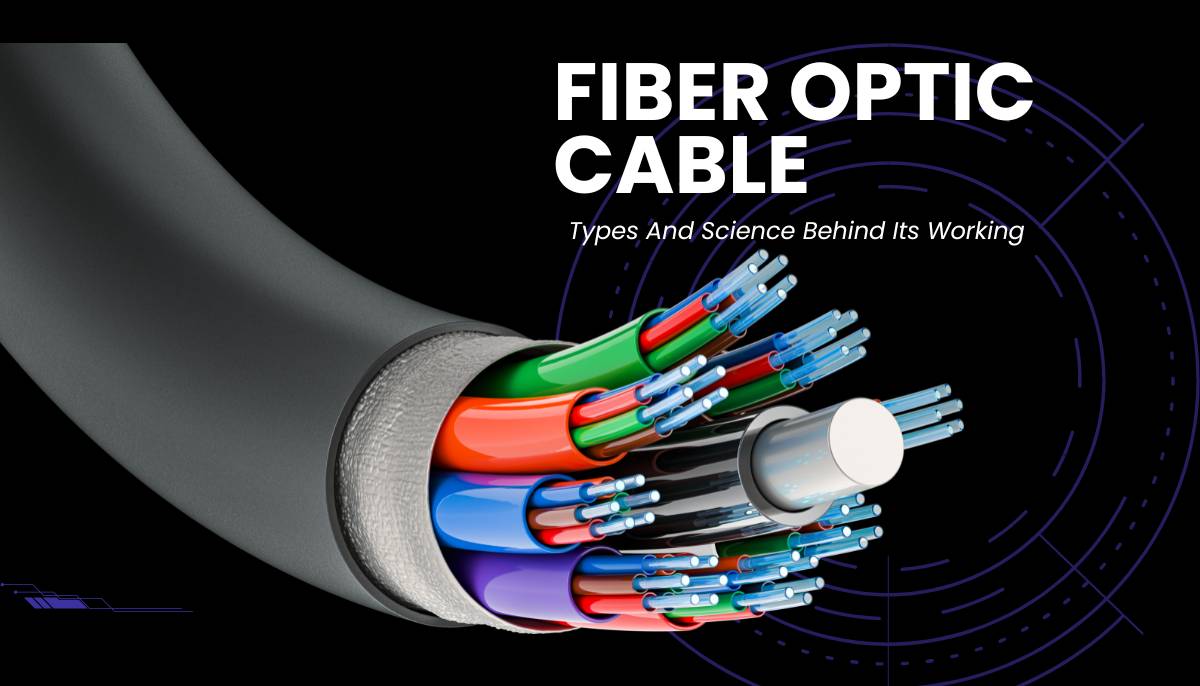





 (800) 870-9487
(800) 870-9487